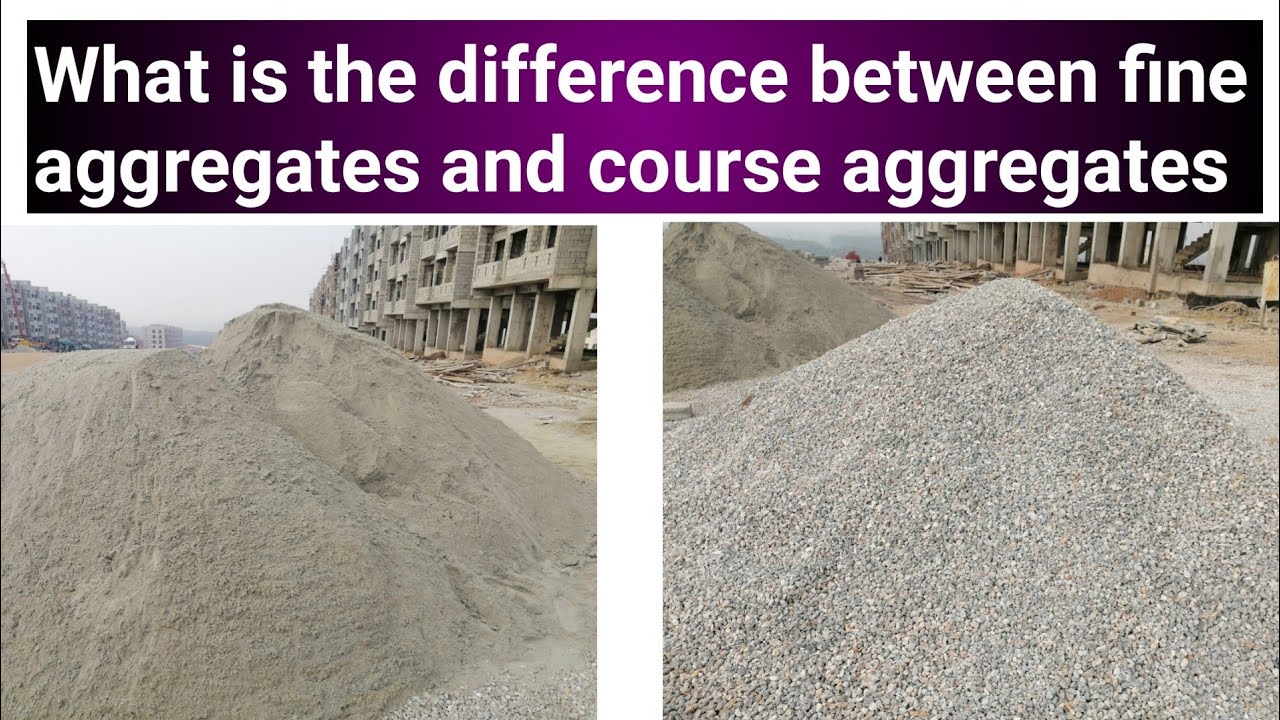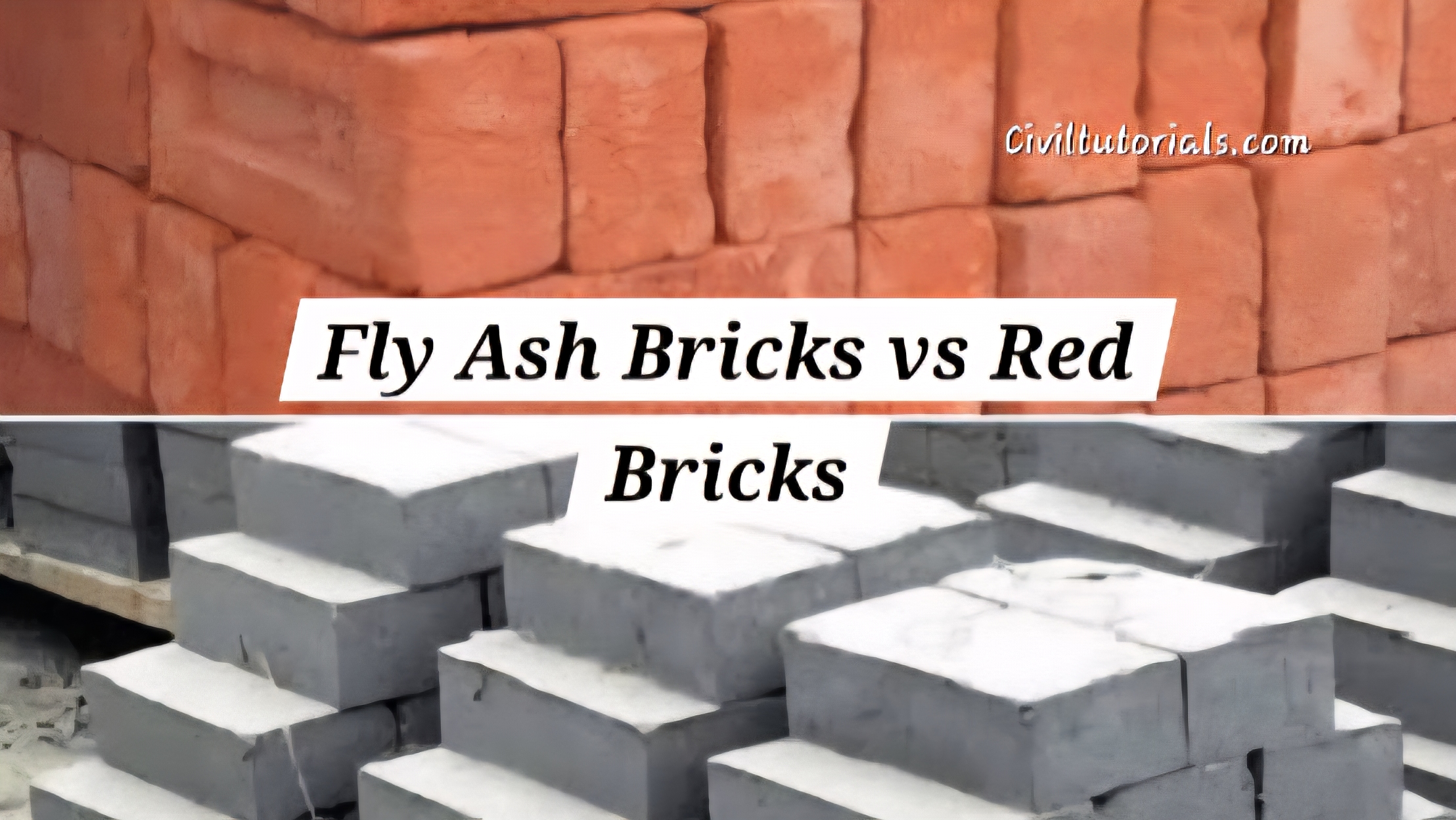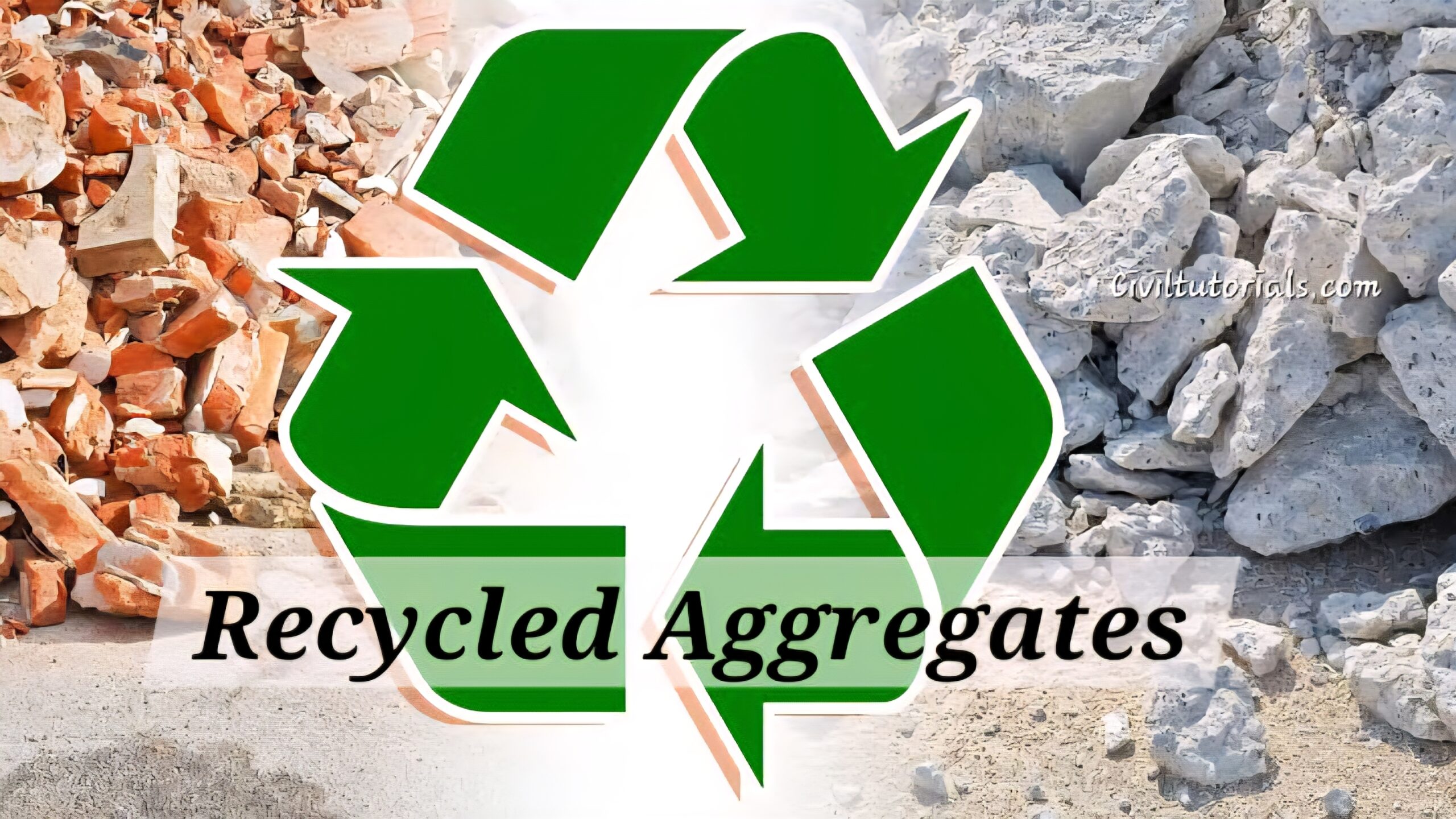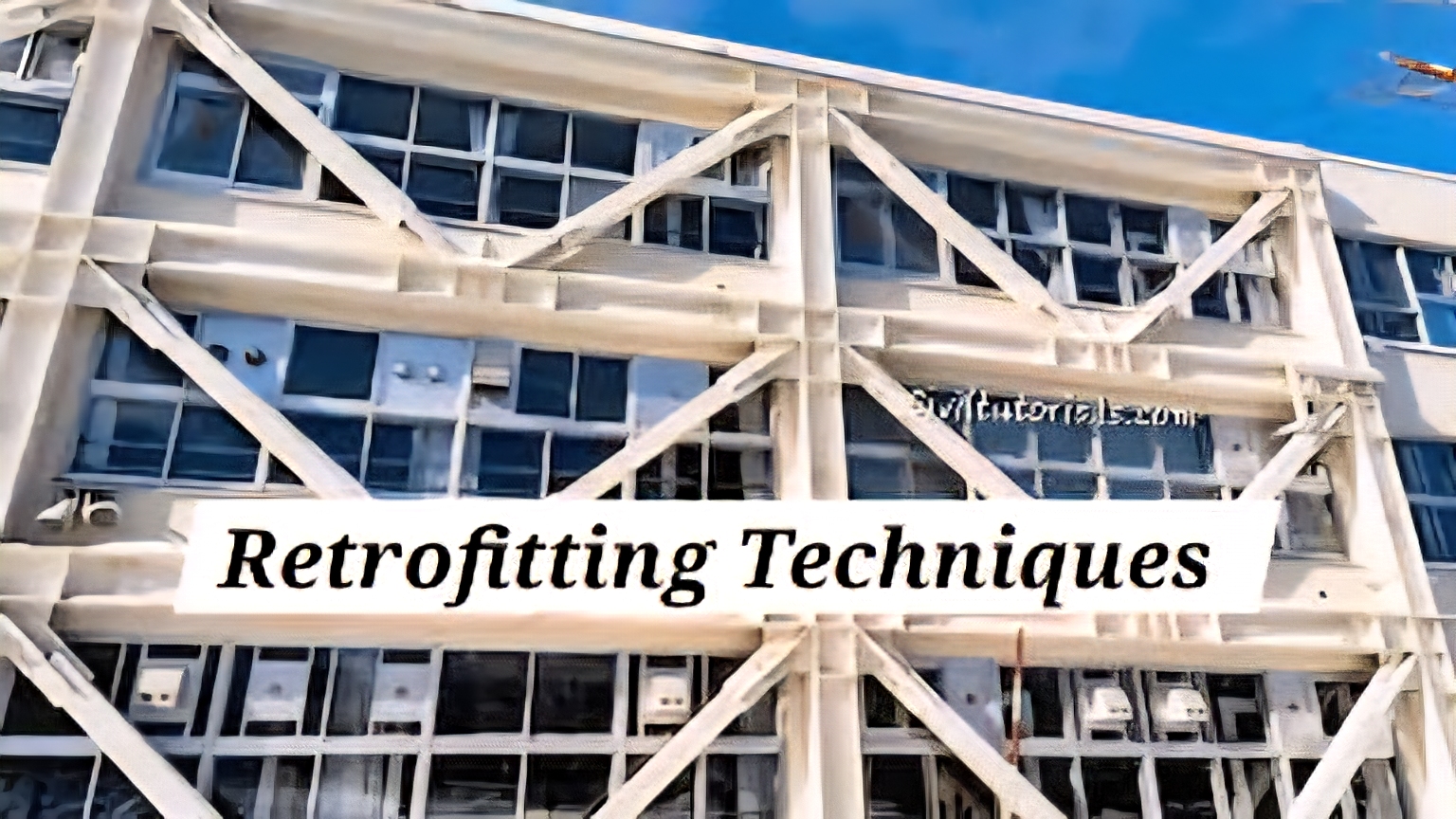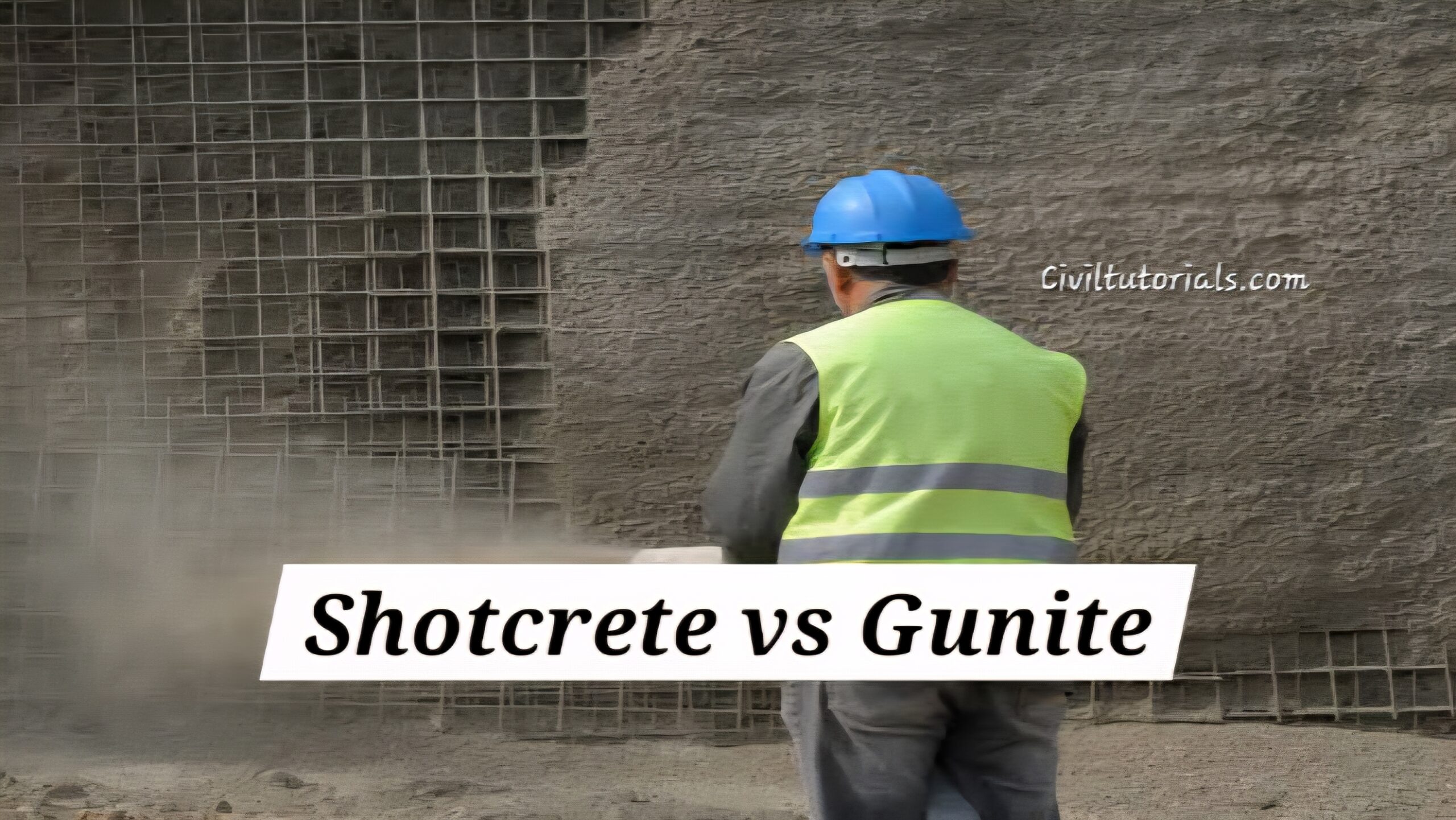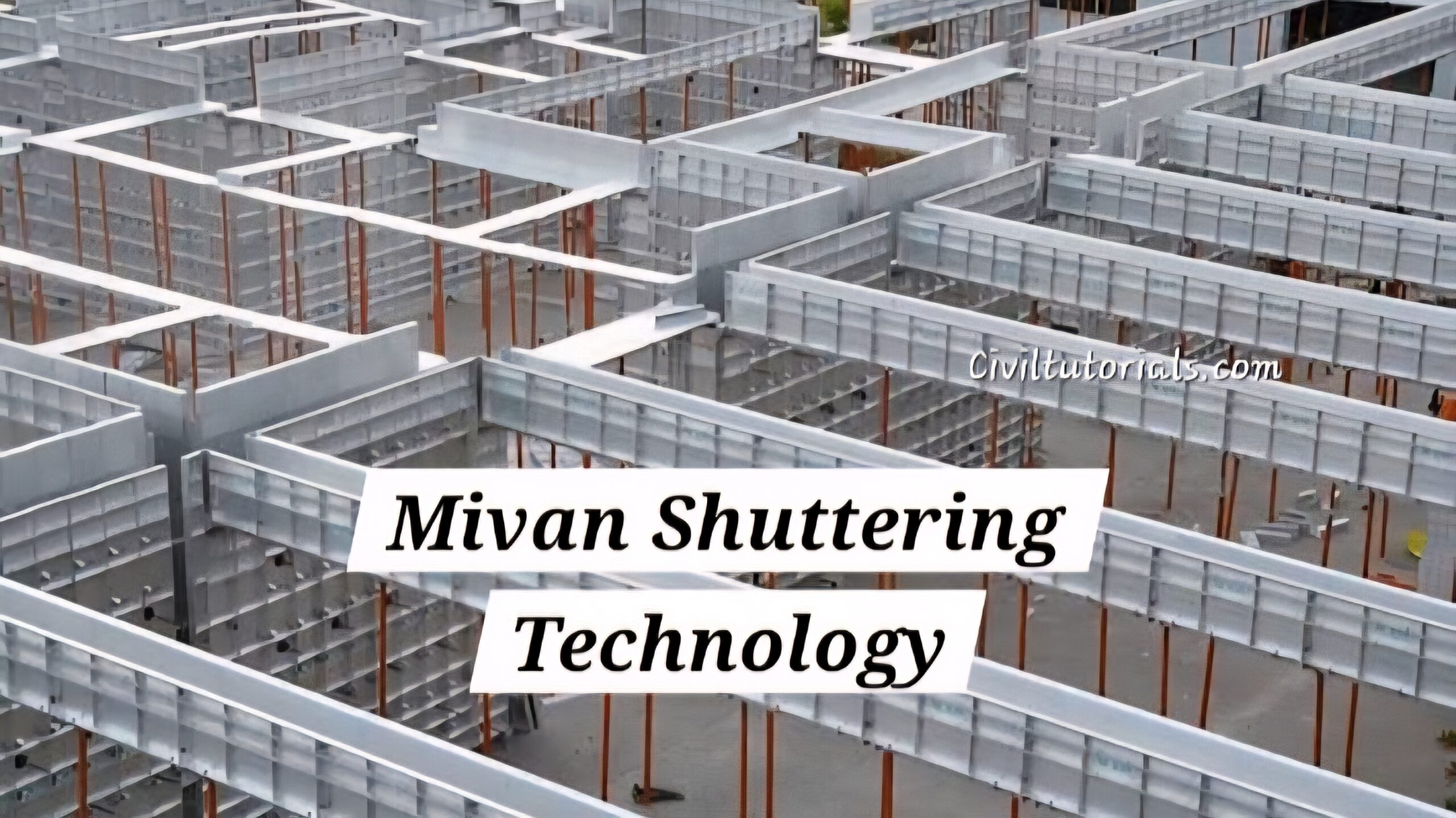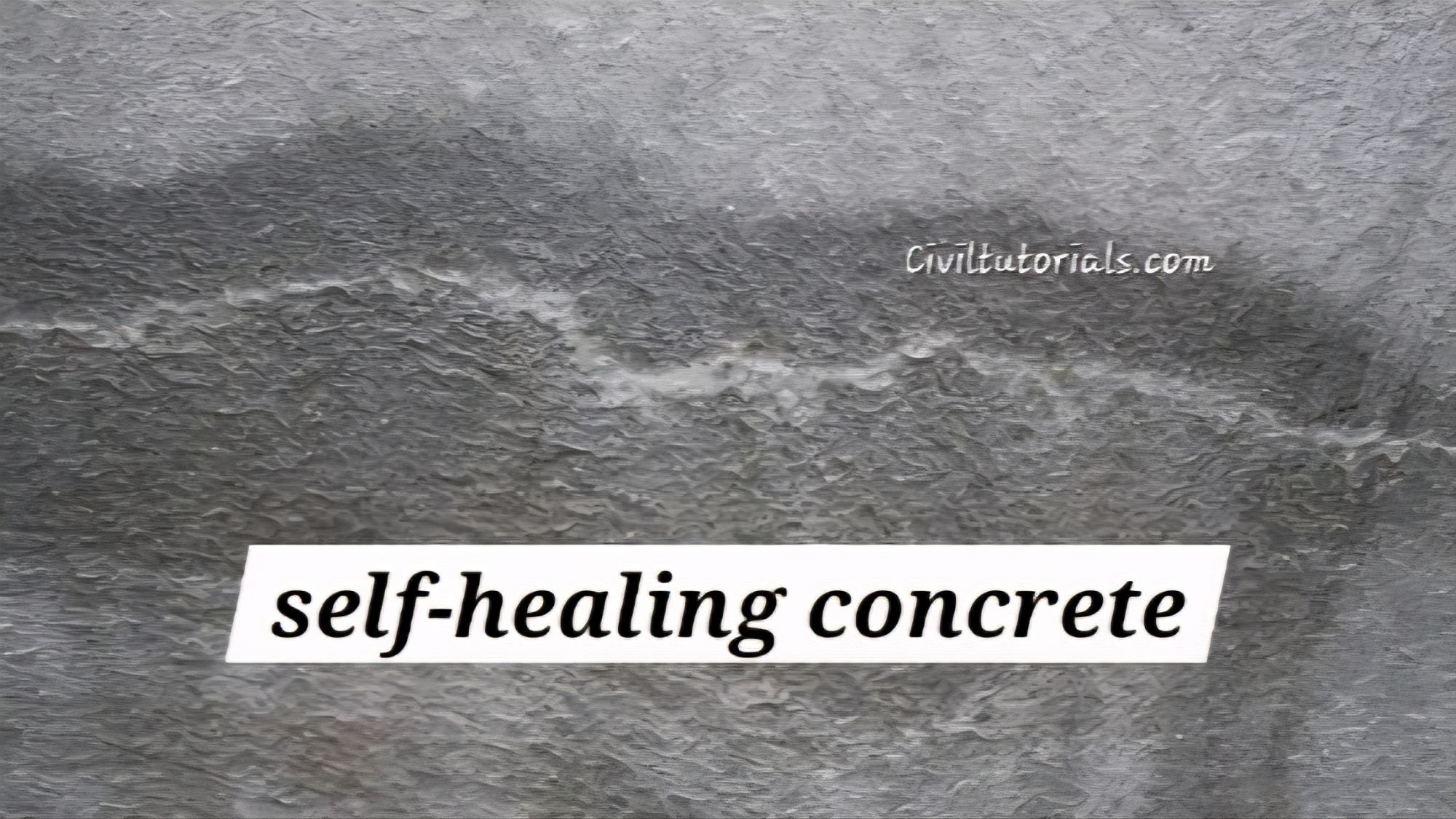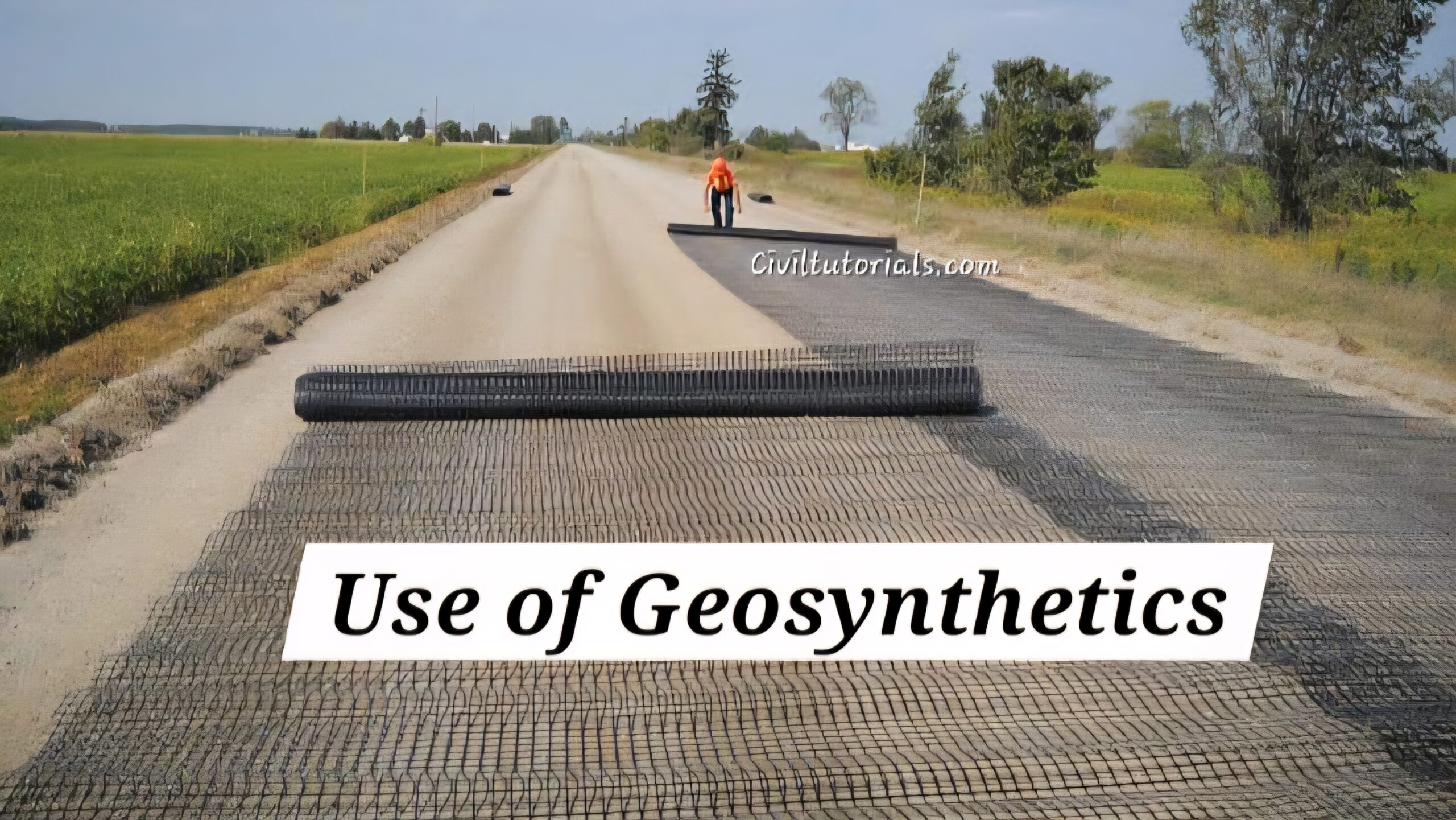Cement is a crucial material in construction, and choosing the right type can significantly impact the strength, durability, and cost of a project. Two of the most commonly used cement types are Ordinary Portland Cement (OPC) and Portland Pozzolana Cement (PPC). Each has its own advantages and disadvantages, making it essential to understand their properties before making a choice.
What is OPC and PPC Cement?
Cement is classified into different types based on its composition and performance. Ordinary Portland Cement (OPC) and Portland Pozzolana Cement (PPC) are among the most commonly used types in construction. Both serve different purposes and offer distinct benefits. Let’s understand them in detail.
Ordinary Portland Cement (OPC)
OPC is a widely used cement type known for its quick setting time and high compressive strength. It is manufactured by grinding clinker and gypsum, making it suitable for structures requiring early strength.
Portland Pozzolana Cement (PPC)
PPC is made by adding pozzolanic materials such as fly ash, volcanic ash, or silica fumes to OPC. This improves the cement’s durability and resistance to chemical attacks, making it a better choice for long-term projects.
Advantages of OPC Cement
OPC cement is known for its strength and quick setting properties. It is commonly used in projects that require fast construction and high load-bearing capacity. Here are some of its advantages:
1. Quick Setting and Early Strength
- OPC sets faster compared to PPC, making it ideal for projects requiring quick completion.
- The early strength development allows faster removal of formwork, reducing construction time.
2. High Compressive Strength
- OPC provides high compressive strength, making it suitable for heavy-load structures like bridges and high-rise buildings.
- It can withstand significant external pressures, ensuring structural stability.
3. Versatility in Applications
- OPC is widely used in different types of construction, including roads, dams, and buildings.
- It can be applied on various surfaces such as wood, tile, stone, metal, and plastics.
Disadvantages of OPC Cement
Despite its advantages, OPC has some drawbacks that must be considered before use. Some of its disadvantages include:
1. High Heat Generation
- OPC releases a significant amount of heat during hydration, which can lead to cracks in massive structures.
- This makes it less suitable for large concrete pours or hot weather conditions.
2. Environmental Impact
- The production of OPC consumes a large amount of energy and releases a high level of carbon dioxide, contributing to environmental pollution.
- It is not an eco-friendly option compared to PPC.
3. Less Durability in Aggressive Environments
- OPC is more susceptible to sulfate attacks, reducing its lifespan in aggressive environments.
- It is not the best choice for marine structures or buildings in acidic soil conditions.
Advantages of PPC Cement
PPC cement is preferred in projects requiring long-term durability and sustainability. It has several benefits over OPC, making it a great choice for environmentally friendly construction.
1. Higher Durability and Longevity
- PPC is more resistant to chemical attacks, making it ideal for construction in sulfate-rich or coastal areas.
- It provides better resistance to weathering, increasing the lifespan of structures.
2. Lower Heat of Hydration
- PPC generates less heat during the hydration process, reducing the risk of thermal cracks.
- This makes it suitable for mass concreting projects like dams and large foundations.
3. Cost-Effective Option
- PPC is more economical than OPC since it incorporates pozzolanic materials like fly ash.
- The reduced clinker content also lowers production costs, making it a budget-friendly alternative.
Disadvantages of PPC Cement
While PPC offers long-term benefits, it also has some limitations that should be considered. Here are some of its disadvantages:
1. Slower Strength Development
- PPC takes longer to gain strength compared to OPC, delaying the construction process.
- It requires a longer curing period, which may not be ideal for urgent projects.
2. Lower Early Compressive Strength
- Although PPC achieves good long-term strength, its early compressive strength is lower than OPC.
- This makes it less suitable for projects requiring quick formwork removal.
3. Not Ideal for Cold Weather Conditions
- PPC sets slower in cold climates, which can delay construction schedules.
- Special curing techniques may be required in low-temperature environments.
Comparison Table: OPC vs. PPC Cement
| Property | OPC Cement | PPC Cement |
|---|---|---|
| Setting Time | Quick setting | Slower setting |
| Early Strength | Gains strength rapidly | Takes longer to develop |
| Durability | Less durable in harsh environments | More durable, resists chemicals |
| Heat Generation | High heat of hydration | Low heat, reduces cracks |
| Cost | Expensive | More cost-effective |
| Environmental Impact | High carbon footprint | Environmentally friendly |
| Best Use | Fast construction, heavy loads | Long-term durability projects |
Which Cement Should You Choose?
Selecting between OPC and PPC depends on multiple factors, such as project duration, environmental conditions, and budget. Here are some recommendations:
- Choose OPC if you need early strength, quick setting, and high load-bearing capacity.
- Choose PPC for long-term durability, reduced environmental impact, and cost-effectiveness.
Frequently Asked Questions (FAQ)
1. Which cement is stronger, OPC or PPC?
OPC gains strength faster and has a higher early compressive strength, but PPC provides better long-term strength and durability.
2. Is PPC cement more environmentally friendly than OPC?
Yes, PPC is considered more eco-friendly because it uses pozzolanic materials like fly ash, reducing carbon emissions.
3. Which cement is better for house construction?
PPC is generally preferred for house construction due to its durability, resistance to weathering, and cost-effectiveness.
4. Can OPC and PPC be mixed together?
Mixing OPC and PPC is not recommended as it may affect the setting time and strength development.
5. Why is OPC more expensive than PPC?
OPC requires more clinker, which increases production costs, whereas PPC uses industrial by-products like fly ash, making it more affordable.
Conclusion
Both OPC and PPC have their own advantages and disadvantages. While OPC is best for projects requiring quick strength, PPC is ideal for long-term sustainability. Understanding these differences can help in making the right decision for your construction project. Always consider factors like strength requirements, environmental conditions, and budget before selecting the best cement type.

